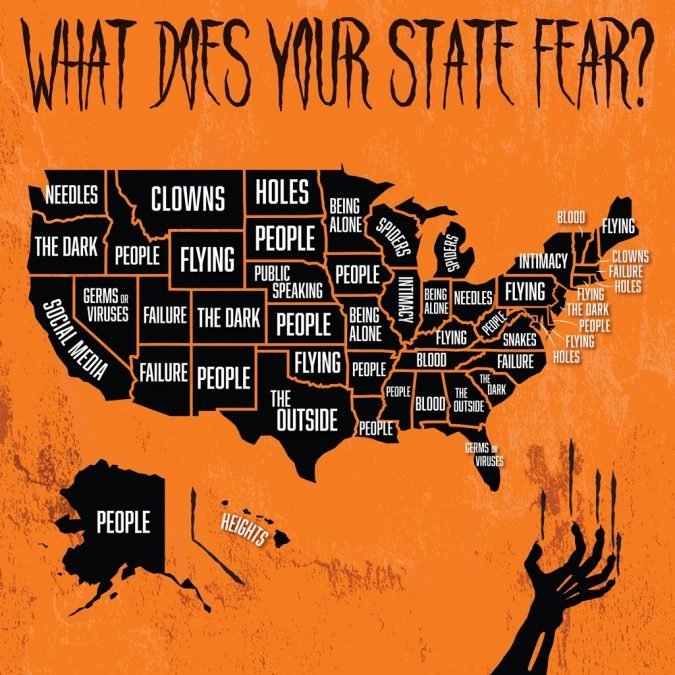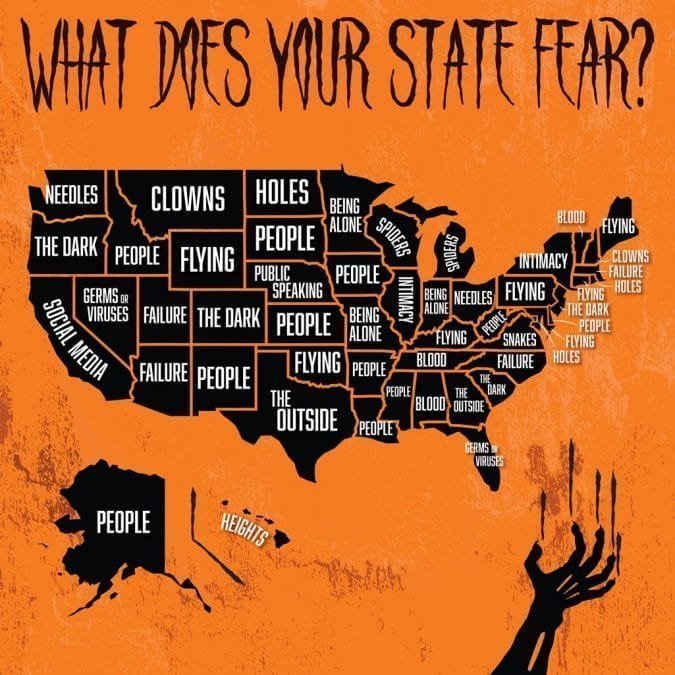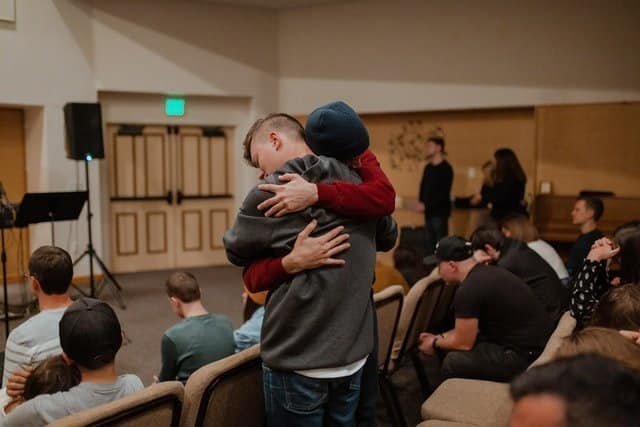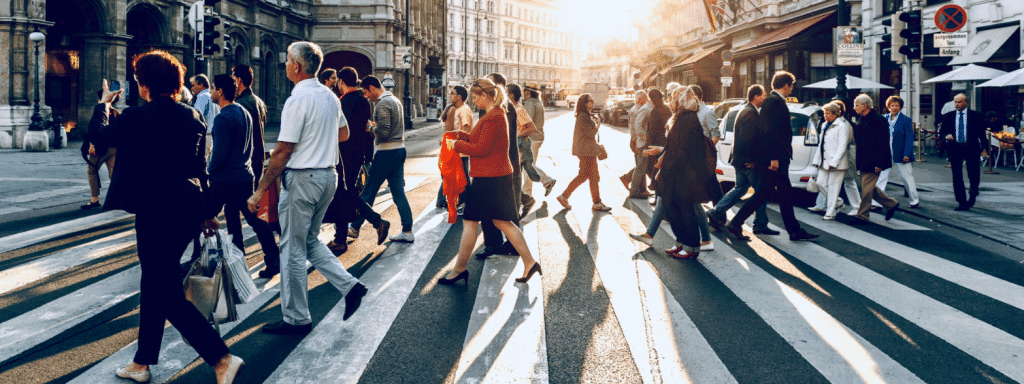PsychNewsDaily Publishers
100 Summit Drive
Burlington, MA, 01803
Telephone: (320) 349-2484
PsychNewsDaily Publishers
100 Summit Drive
Burlington, MA, 01803
Telephone: (320) 349-2484
Anthrophobia is an acceptable misspelling of anthropophobia, which is the fear of people that can lead to social isolation and distress.

A survey published by security company ADT in 2020 even found that anthropophobia, or the fear of people, has so far been America’s most searched-for phobia this year.
In that study, anthropophobia accounted for 22% of all phobias that people searched for online, a five-fold increase over 2019. And the state-by-state results affirm common stereotypes. New York’s most-searched phobia in 2020, for example, has been “philophobia.” That’s a big word for the fear of intimacy. Or, as Wikipedia puts it, “the fear of falling in love.”
The survey also hastens to point out that New York ranks fifth nationwide in its share of single adults.
And in California, a hub for influencers, the leading fear people looked for online was the fear of social media. This new-sounding fear also implies its opposite, namely nomophobia, or the fear of having no mobile phone.
In Massachusetts, the state with the highest percentage of college graduates, the most searched-for fear was the fear of failure.
And Hawaii was the only state to have acrophobia — the fear of heights — as its most-searched fear. Doubtless due to the state’s’ many terrifying cliffs.
Other contender-phobias included the fear of: needles, flying, holes, the dark, the outside (Texas), clowns (number one in Montana and New Hampshire; why?), spiders (Michigan and Wisconsin), blood, public speaking, and snakes (Virginia).
See the most-searched-for phobias across the land on the map below:

Anthropophobia is the fear of people. For some, it is so severe that it limits or prevents their social interactions.
Below, we take a look at what causes anthropophobia here, and what you can do to overcome it.
The word Anthropophobia itself stems from two Greek roots: anthropos, which means “human being” and phobos, meaning “fear.”
Anthropophobics may experience anxiety or panic when they have to interact with other people; some even go so far as refusing public contact altogether. It can lead to social isolation and significant distress in day-to-day living.
The definition of anthropophobia may vary across cultures, but it typically refers to someone who experiences feelings of extreme aversion towards all forms of human interaction.
These feelings often manifest themselves by people choosing to live in isolation, or even by refusing to leave the comfort of their own home.
Anthropophobics may experience anxiety or panic when they must interact with other people; some even go so far as refusing public contact altogether.
Anthropophobia is often a type of social anxiety disorder. There are many treatments available, and research continues on its causes and potential cures .
Anthrophobia is basically an acceptable misspelling of anthropophobia, and the two terms are often used interchangeably.
A social phobia refers to a fear of social situations, such as going to a party, or making a presentation at work. Anthropophobia, on the other hand, refers to a fear of other people themselves, and not of social situations that typically involve people.
In other words, while anthropophobia can be seen as a form of social phobia, not all social phobias are anthropophobia.
It’s possible for anthropophobics to be afraid of both individuals as well large groups; that is, there is a lot of overlap between social phobia and anthrophobia.
Social anxiety disorder involves intense anxiety when in a social situation. In theory, anthropophobia could include symptoms unrelated to social interaction.
This could apply to being at a party or on a date, or interacting with a cashier or store worker.
As mentioned above, people with social anxiety disorder feel uncontrollable fear that they’ll be judged or rejected by people. They often end up avoiding social situations altogether, when they can’t be seen in person or interact with others.
There’s no shortage of strange phobias out there. From “chorophobia” (the fear of dancing) to “syngenesophobia” (the fear of your relatives), there is an almost infinitely wide range of different kinds of phobia. Especially when it comes to the fear of other people: a phobia of strangers is understandable when they may well bear dangerous pathogens, and a fear of groups of people is equally understandable if you read the news.
For some people, the fear of being around others even becomes an extreme fear. And thus being “anthropophobic,” or having a phobia of strangers, is not really an irrational fear at all, meaning that perhaps it’s unfair to define anthropophobia as a phobia at all.
Although there’s no official anthropophobia test, taking an online test of social anxiety might provide some valuable insights.
For example, obsessive compulsive disorder (OCD) is a type of anxiety disorder but it also shares similar symptoms with Anthropophobia, because an anthropophobe might obsessively perform behaviors in order to avoid coming into contact with others that cause them anxiety.
If you’re wondering whether you have anthropophobia, below are some key questions you can ask yourself:
If you answered “yes” to any of the above questions, then the chances are good that an anthropophobic disorder is affecting your life. Seek out professional care if this is the case.
It’s difficult to treat this disorder on your own. While self-help might seem the easiest option — especially for people who try to avoid other people — a professional can provide the right treatment through therapy sessions and medication.
Anthropophobia is a complex condition that doesn’t typically go away on its own through self-treatment, and even with therapy sessions and medication the process can take time.
You may find the symptoms lessen in intensity over time, but will may never be fully cured without professional care from a doctor or mental health practitioner who specializes in this kind of treatment.
By some estimates, the percentage of people who experience anthrophobia is as high as 13%, while other studies say that it’s closer to 8%. An article with data on this question can be found here.
Anthropophobia can be linked to trauma in a person’s history. Often it appears after a series of bad experiences.
The causes of anthrophobia are not always clear, and can vary from person to person. Some possible causes are listed below.
It’s important to note that anthropophobic symptoms can vary widely between sufferers which means there isn’t one singular cause for all cases of anthropophobia.
This can make diagnosis more complicated, because other disorders like social anxiety or depression may show similar signs and symptoms when they co-exist with anthropophobia.
Some anthropophobia symptoms are common to many social disorders. Examples include avoiding eye contact, breathing problems, and panic attacks.
The symptoms for anthropophobia vary from person to person, but the below is a general list that may commonly apply:
An anthropophobia diagnosis is usually given by a therapist or psychologist who will use the Diagnostic and Statistical Manual of Mental Disorders (DSM).
The therapist will focus on the personal circumstances and health of the individual patient: is the phobia new? is it severe? They will also be able to suggest helpful treatment possibilities, offer tips on where to begin, and help the patient search for local support groups.
Scientists have been studying anthrophobia for ages, and at this point thousands of articles and meta-analyses have gathered mountains of data on patients around the world. Likewise, research is constantly allowing for the developing of new treatment options.
It’s important for anthropophobics to get treatment because it could lead to other health disorders such as depression or schizophrenia if left untreated.
There are many treatments available for Anthropophobic disorders. Many patients are prescribed anti-anxiety medication, cognitive behavioral therapy (CBT), and in some cases even psychiatric hospitalization.
Support groups, perhaps ironically, are also a good option to investigate when it comes to treating a social phobia. They are a form of treatment that often has positive effects on both psychological as well as physical health.

When a patent is surrounded by others experiencing a similar social phobia, the typical anxiety levels can drop off considerably.
The person sitting next to you might be able to offer medical advice about what has worked for them, or about treatment or therapy options that you hadn’t yet heard of.
You can also confidentially discuss your symptoms, your diagnosis, or how your anthrophobia is affecting your (mental) health.
Support groups are also a great opportunity to work on skills like making eye contact, and how to develop more personal solutions to some of the more severe consequences of a person’s social fears, such as sleep problems. Exchanging tips is yet another benefit.
The Anxiety & Depression Society of America offer a great list of local support groups for social anxiety throughout the US, Canada, and a few other countries; some of the group meeting are virtual as well.

If you suspect you have an anthropophobic disorder, or may be developing one, then the first step is to seek professional care.
Talk to a therapist if you have one, or even ask a counselor at school about where to begin with treatment.
Support is out there, and though the process can be a long one, the first step is always to seek help. A positive diagnosis doesn’t have to mean that your health is in danger, only that there are some helpful steps you can take to start feeling better.